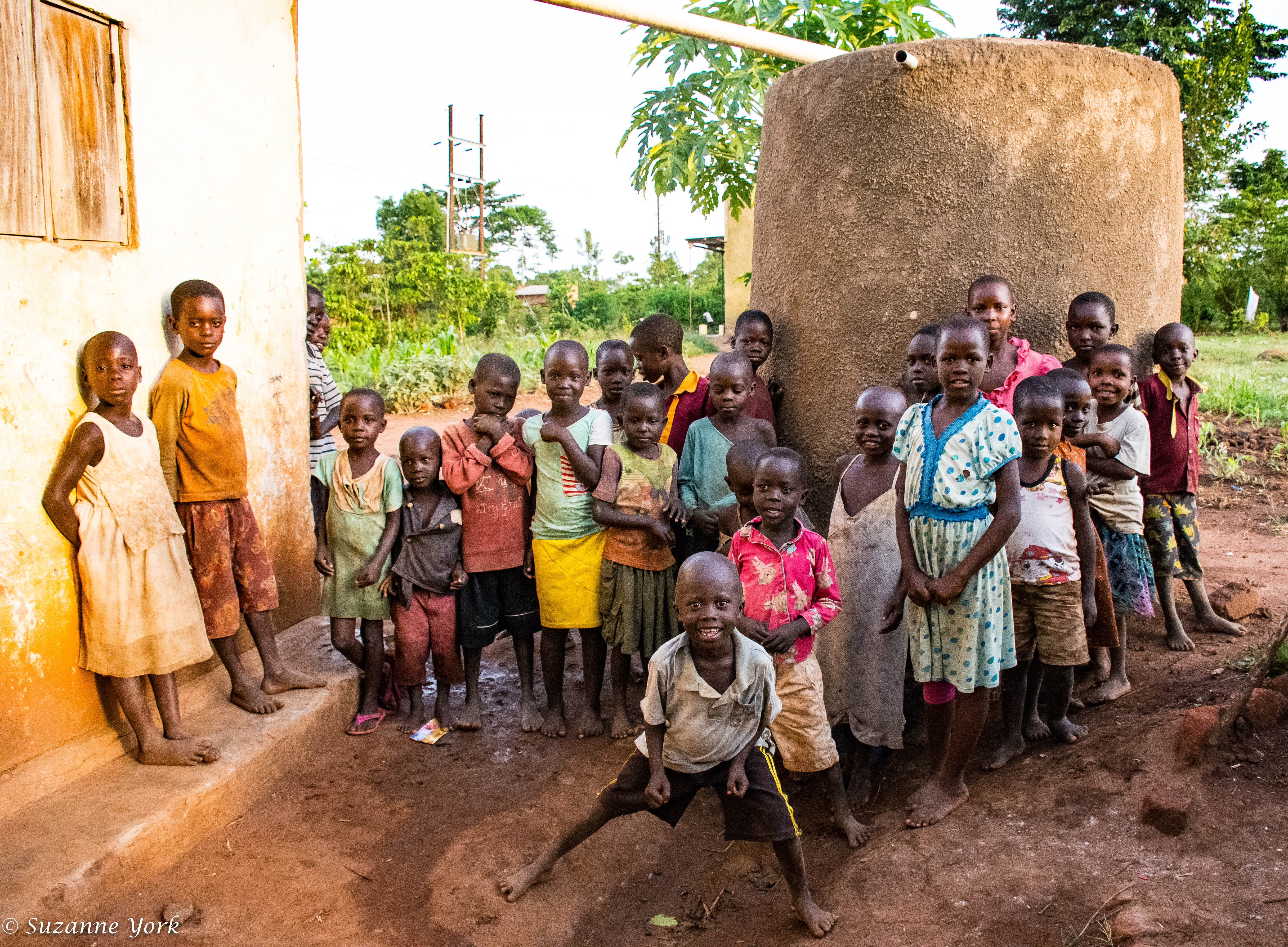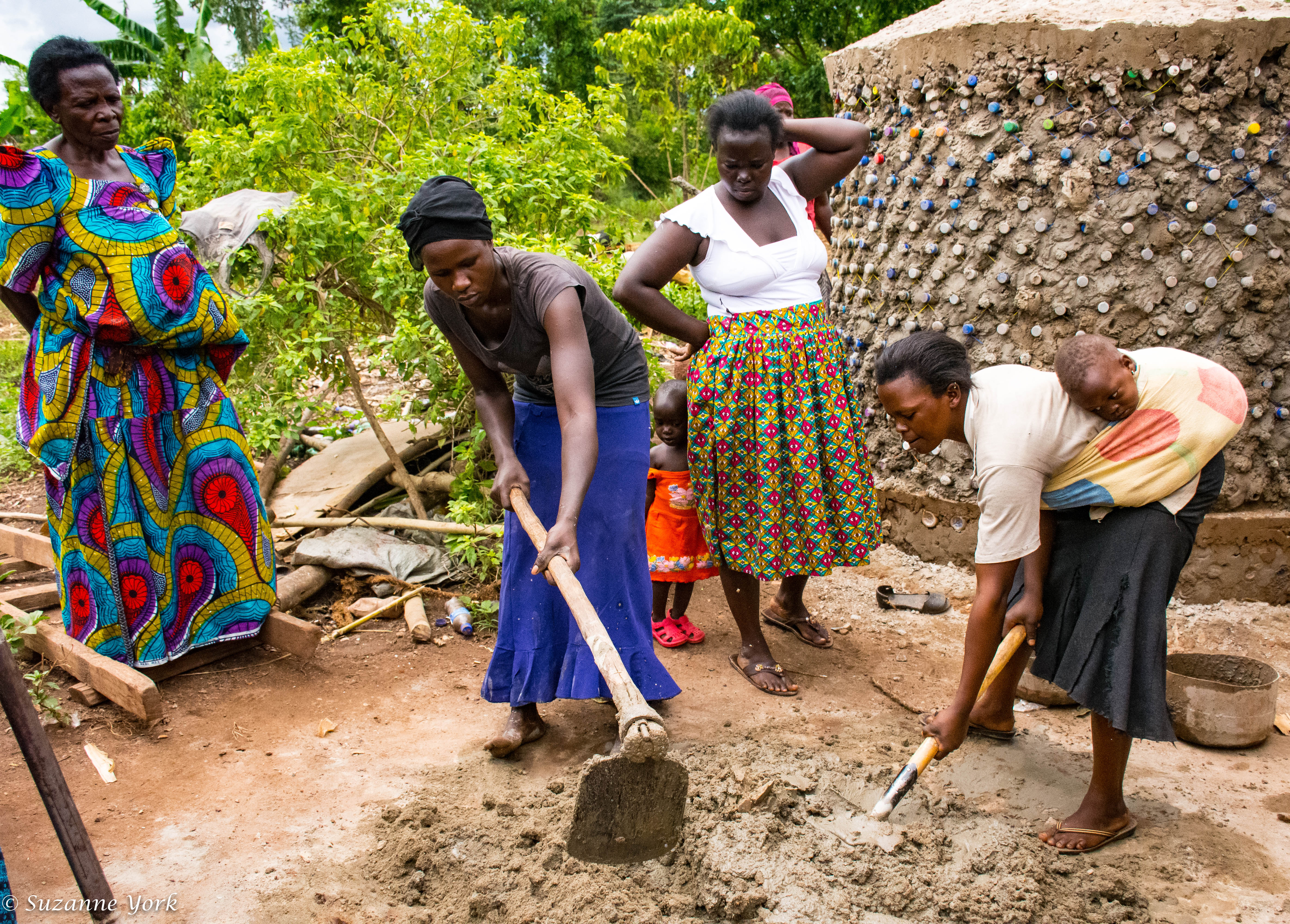The Community-led Solution to Coping with Water Scarcity
Jun 5th, 2019 | By admin | Category: Water IssuesBy Suzanne York.
Fresh water – our most valuable of resources – is becoming increasingly scarce. Yet the world blunders on, seemingly unaware, or at least uncaring, of the looming humanitarian crisis on the horizon.
Water scarcity is becoming more and more common in many countries. About 4 billion people – nearly two-thirds of the world population – experience severe water scarcity during at least one month of the year, a number expected to go up to 5 billion by 2050.
In India, soon to be the world’s most populous country, a report by an Indian think tank found that half of the country’s population of nearly 1.4 billion people may lack enough drinking water by 2030.
Already this year, India’s southwest monsoon is likely to be delayed. The pre-monsoon rainfall (March 1-May 31) in 2019 was the lowest in 65 years. As of late May, 43 percent of the country was suffering from drought conditions.
And groundwater, which meets 40 percent of India’s water needs, is depleting at an unsustainable rate.
One promising solution is rainwater harvesting, which can help communities become more resilient to droughts and climate change impacts. They are in use in India, South Africa and many other places around the world. And in part of Uganda, it is not only bringing water to people but also cleaning up pollution.
A rural community in central Uganda is overcoming water scarcity and plastic pollution through a project that is building community trust and cleaning up and protecting the environment.
In Kayunga District, about an hour northeast of Kampala, access to water has become a huge issue for local communities. Climate change is bringing erratic and unpredictable rainfall, causing worry and stress for people. There is great need for reliable water sources. Women are hit the hardest.
One Ugandan organization has devised a solution that not only addresses the need for water, but also rids the streets of pervasive plastic water and soda bottles. The Butakoola Village Association for Development (BUVAD) was founded in 2000 by a local mathematician who cared about the community and the environment. Stephan Ssemutumba’s vision is simple – to foster better standard of living for the local people of Kayunga, and Uganda as a whole.
To get there, BUVAD aims to do the following:
- Create a safe water supply by building rainwater harvesting tanks
- Support vulnerable children with education
- Empower women with microloans, tree planting and information and access to reproductive health
- The need is great in a region where water is erratic and dry spells getting longer.
BUVAD is turning pervasive plastic waste into a valuable commodity. The local people of Kayunga are reusing waste plastic bottles to construct cheaply affordable durable rainwater harvesting tanks in their households.
The rainwater harvesting tanks are a simple idea that is already having a tremendous impact in the area. It seems as if every house wants one. As great as this idea is, the even better part is how community members are trained in construction skills and come together to build them.
The water tanks are built with discard plastic bottles, which are used as bricks to construct long-lasting tanks.
A 10,000 liter tank requires 5,500 bottles to be made into bricks using sand and dirt.
Bottle brick buildings have stronger walls than those of a mud building, hence they are an immediate substitute to mud bricks.
Unlike normal mud bricks, bottle bricks do not require the cutting down of trees. Discarded water bottles are now highly sought after in the community by those who want to build the tanks.
The demand for loans to help build the tanks is high. With the support of Investments for Developing Communities in the U.S., BUVAD is able to provide loans to community members. They are eager for more tanks.
Toilets, and even houses, can be built out of the water bottle bricks. Much of the work is being led by women in the rural communities.
According to Ssemutumba, “rainwater harvesting tanks have helped improve their sanitation, hygiene and safe water access in their homes to improve on their general health too.” Meanwhile, he said, “cheap access to water in their homes aids them with the water challenges.”
Watch the following short documentary for further information:
This is a locally-led solution that is supporting community empowerment and a clean environment, as well as building camaraderie. Local people come together to collect bottles and build tanks, and share in precious water. On this World Environment Day, we need to highlight more solutions like this.
Suzanne York is Director of Transition Earth. She visited BUVAD in late April and early May, 2019.


